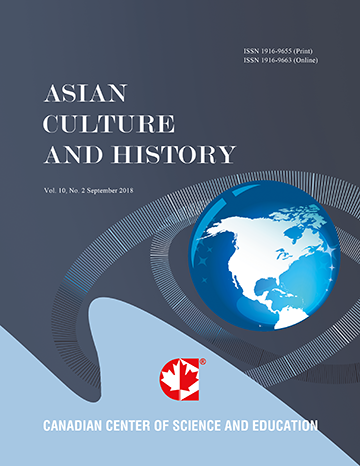Guideline for the Development and Management of Music and Performing Arts in Khwaeng Champasak, Lao PDR
- Thanyalak Ubonlert
- Thinakorn Atapaiboon
- Chaloey Pumipuntu
Abstract
In the years after 1975, the governmental system of Lao PDR was transformed into socialism. A main question is how music and performing arts in Khwaeng Champasak of Lao PDR adapt themselves to this change. The purpose of this research is to investigate the history, current situation and the method of developing management of music and performing arts in Khwaeng Champasak. The research method is qualitative research using the integration of documentary study and field study. Research instruments are an observation and an interview. The sample consisted of 40 people who are 5 experts in the field of management, 5 artists, 5 academics, 15 people concerning music and performing arts, and 10 general people. A qualitative research method is used for searching the findings. An research method is used for searching the findings. An observation and an interview are main instruments.
The research found that when Lao PDR was ruled by the monarchy, traditional Laos music was patronized by the king but the music in the form of Mor Lam, Mor Khab (folk singer performance), and tribal music was the entertainment for general people. The Lao government used the performances of Lam Som and Lam Sipandon (the two kinds of folk singer performances) as the media to publicize the policy, information, knowledge and to create social harmony.
The study of current situation has revealed that the state sector plays a role in preserving and carrying on the traditional music, tribal music, and various kinds of musical performances by organizing their performances in the important events. General private organizers also employ Mor Lam groups to perform in traditional fairs of communities.
As for the method of developing management of music and performing arts in Champasak, it has revealed that the state sector emphasizes the important of developing both state artists and private artists parallel to the tourism development. Thus, the artists have a good chance to develop themselves in order to please the audience and responded the policy of the government
- Full Text:
 PDF
PDF
- DOI:10.5539/ach.v7n1p126
Journal Metrics
Google-based Impact Factor (2017): 5.42
h-index (January 2018): 11
i10-index (January 2018): 21
h5-index (January 2018): 6
h5-median (January 2018): 9
Index
- Academic Journals Database
- CNKI Scholar
- COPAC
- EconPapers
- Elektronische Zeitschriftenbibliothek (EZB)
- Excellence in Research for Australia (ERA)
- Genamics JournalSeek
- Google Scholar
- Infotrieve
- LOCKSS
- MIAR
- NewJour
- Open J-Gate
- PKP Open Archives Harvester
- Publons
- RePEc
- Scilit
- SHERPA/RoMEO
- Standard Periodical Directory
- Technische Informationsbibliothek (TIB)
- The Keepers Registry
- Universe Digital Library
- WorldCat
Contact
- Ivan YongEditorial Assistant
- ach@ccsenet.org
